“From my earliest interest in art, the human figure and face were prominent subjects for my work. Even as my style, scale, and mediums varied over time, I was consistently drawn to the figure for inspiration. I was therefore disoriented and nervous when, seemingly on their own, the figures that had long populated my paintings disappeared.”
BY MAYA BRODSKY
I have always sought to make work that expressed what I found meaningful about my world. There was no doubt that the images of people I knew, loved, or had descended from had inherent value and could serve as vehicles for self-exploration and poetic expression.
For inspiration, I would often search through old family photographs, where familiar faces allowed me to carefully consider what was important to me in a likeness and what made a painting feel alive. I was attracted by the idea of retaining something of a person—their image from a moment in time, kept still and immortal while everything inevitably continued changing.
I felt that this was part of my role as an artist in an ephemeral world. In that way these were also self-portraits. I wanted to understand myself—what worried and fascinated me—by understanding the images of other people and translating them into paint. My interest in painting was formed by this attempt to explore the feelings and thoughts that the human figure inspired in me.
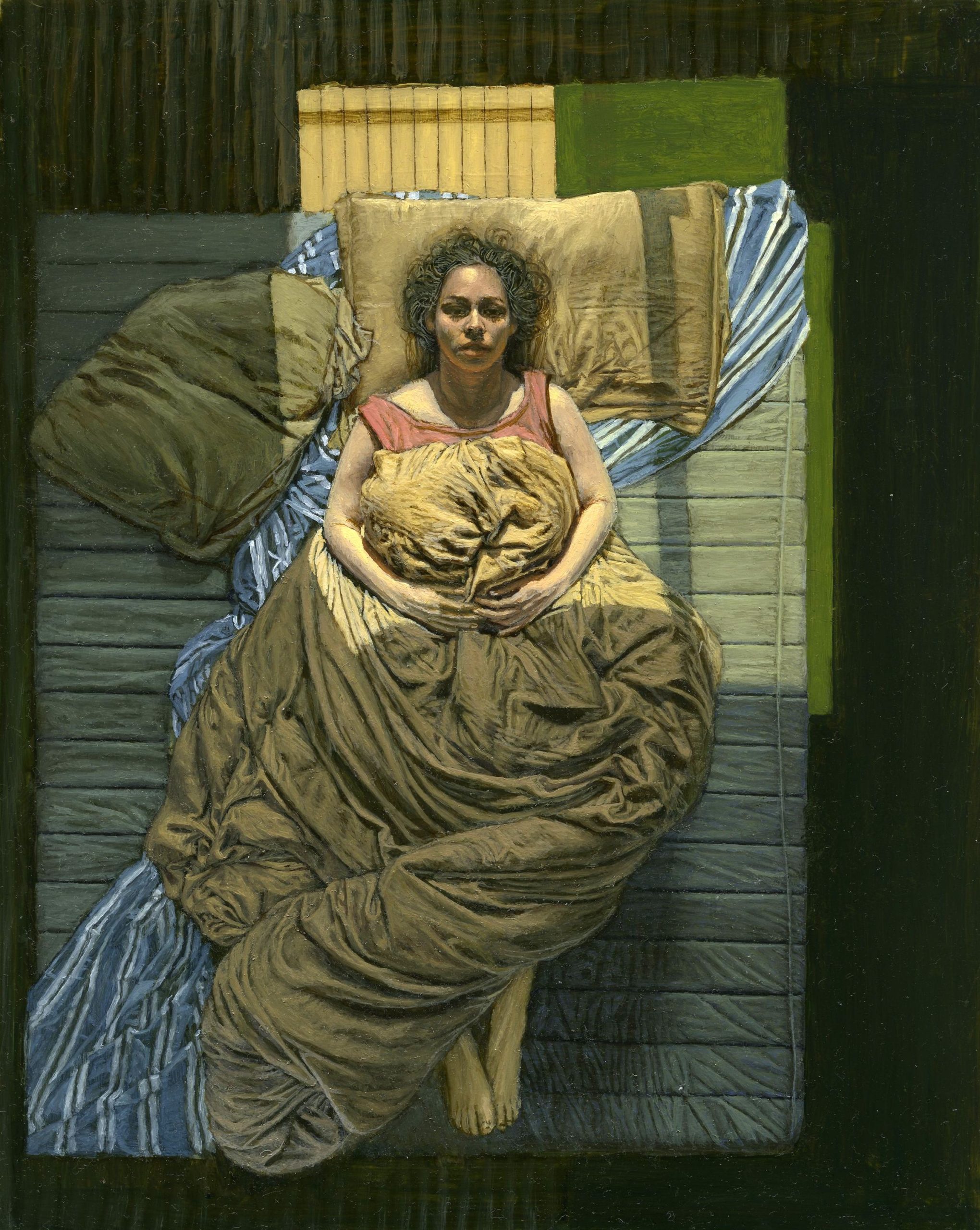
As time went on, I took for granted that people were the protagonists of my work and the environments surrounding them were backdrops with which they interacted. This backdrop revealed something about them, but the figures themselves—their expressions, their postures, their identity—were what drove my interest.
When the figures began to exit my paintings, I experienced a major crisis of confidence. I have always prayed for “painting breakthroughs,” for a great idea to descend upon me and completely transform my work, but growth in my painting has always been gradual and accompanied by much doubt.
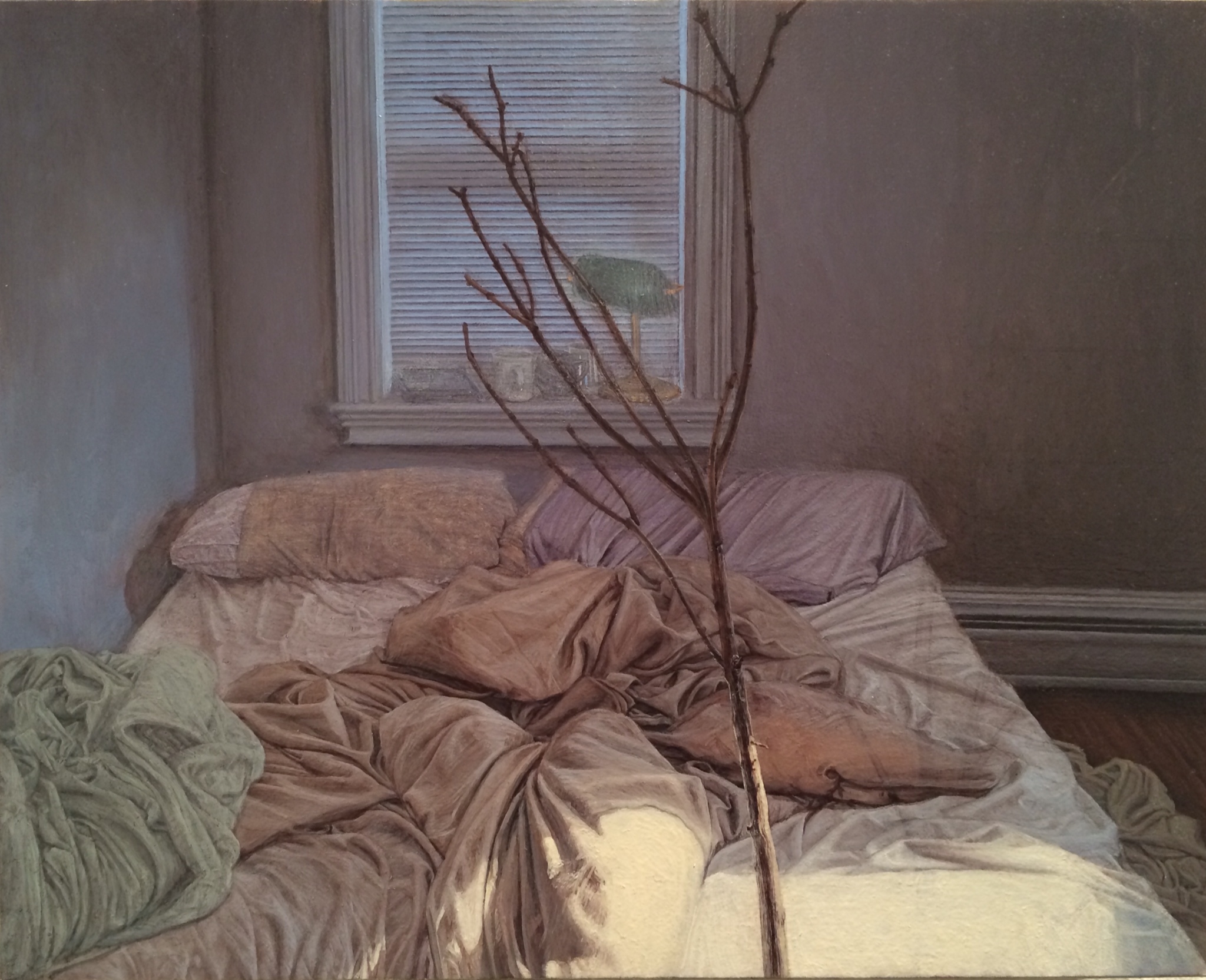
Here also, painted figures first moved into mirrors or windows. I was still clinging to them as them as the defining subject matter and it was difficult to let go of them altogether. Making my first painting with no figures was a terrifying process, but the work felt honest because it was a painting whose subject matter was absence: my grandmother’s empty bed.
From then on, although I continued to begin paintings populated with figures, I often finished them deserted by all inhabitants. I became more interested in the expressive possibilities offered by space, light, and inanimate objects, whose subtlety could often be overwhelmed by a human presence.
When I had begun painting, I was drawn to the human figure as a means of expressing an emotional and psychological narrative. But as I grew, I was surprised to learn that my interest in expressing such a narrative was not limited to the figure. I began to understand that deep human experiences could be expressed without the presence of an actual human being.
The passage of time could be expressed in the stillness of light on a wall; the presence of a person might be most strongly felt in their absence. I realized that there was no meaning inherent to the subject, be it a beloved face or empty room. The meaning came from my knowledge and feeling towards a thing. My perspective was my subject matter.
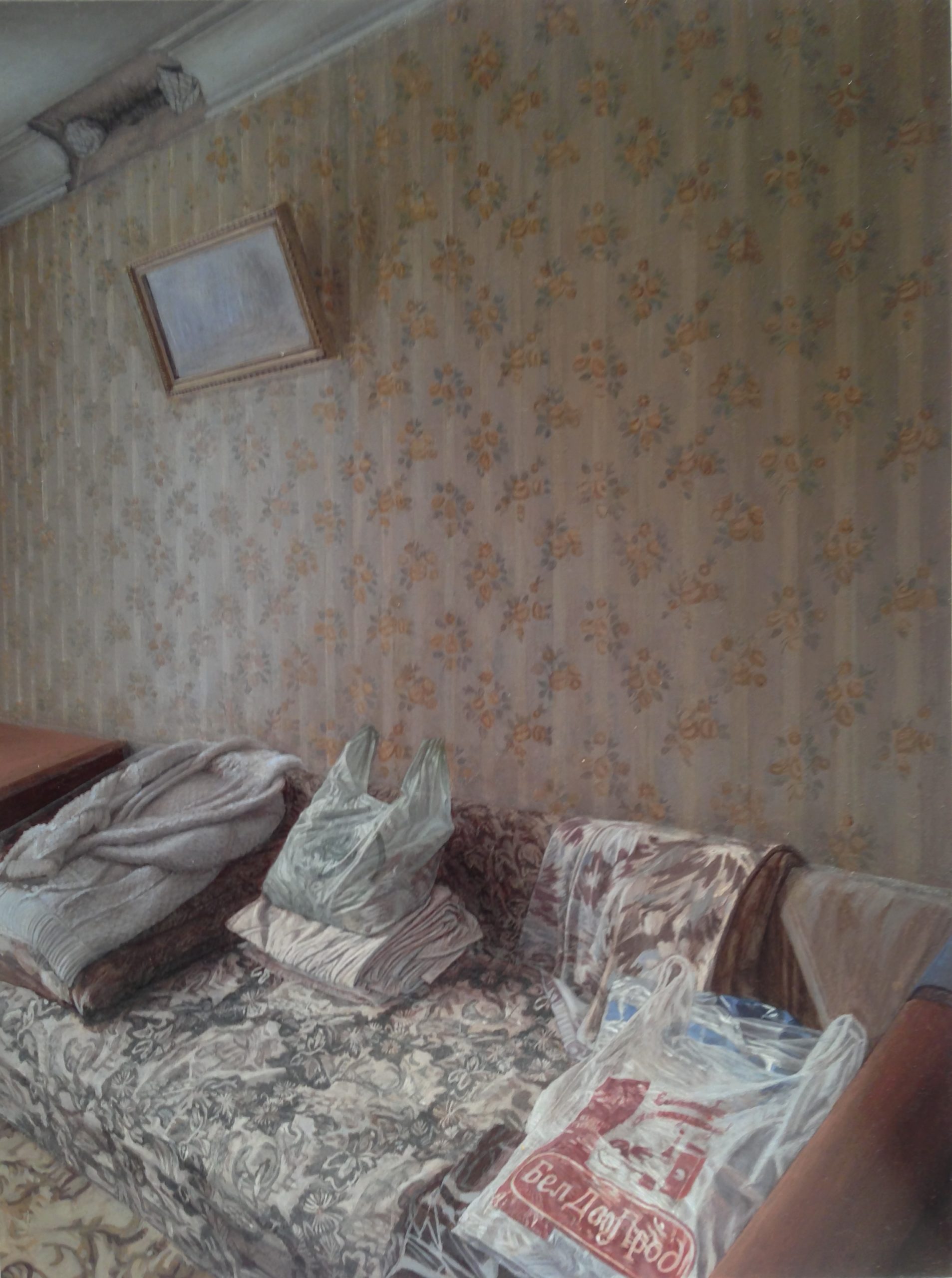
It was difficult to give up my original concept of what compelled me to begin painting, and fully trust my present sensibility. I worried that I was being dishonest to my past self, that if I were to look at my paintings from the perspective of myself five years ago, I would not find them interesting.
However, I realized that the driving force behind my work has never been restricted to a specific art genre or single idea. Painting the figure was a vehicle for understanding and communicating observations and feelings about my world. It also served as a gateway into other genres, other means for expression and new understanding.
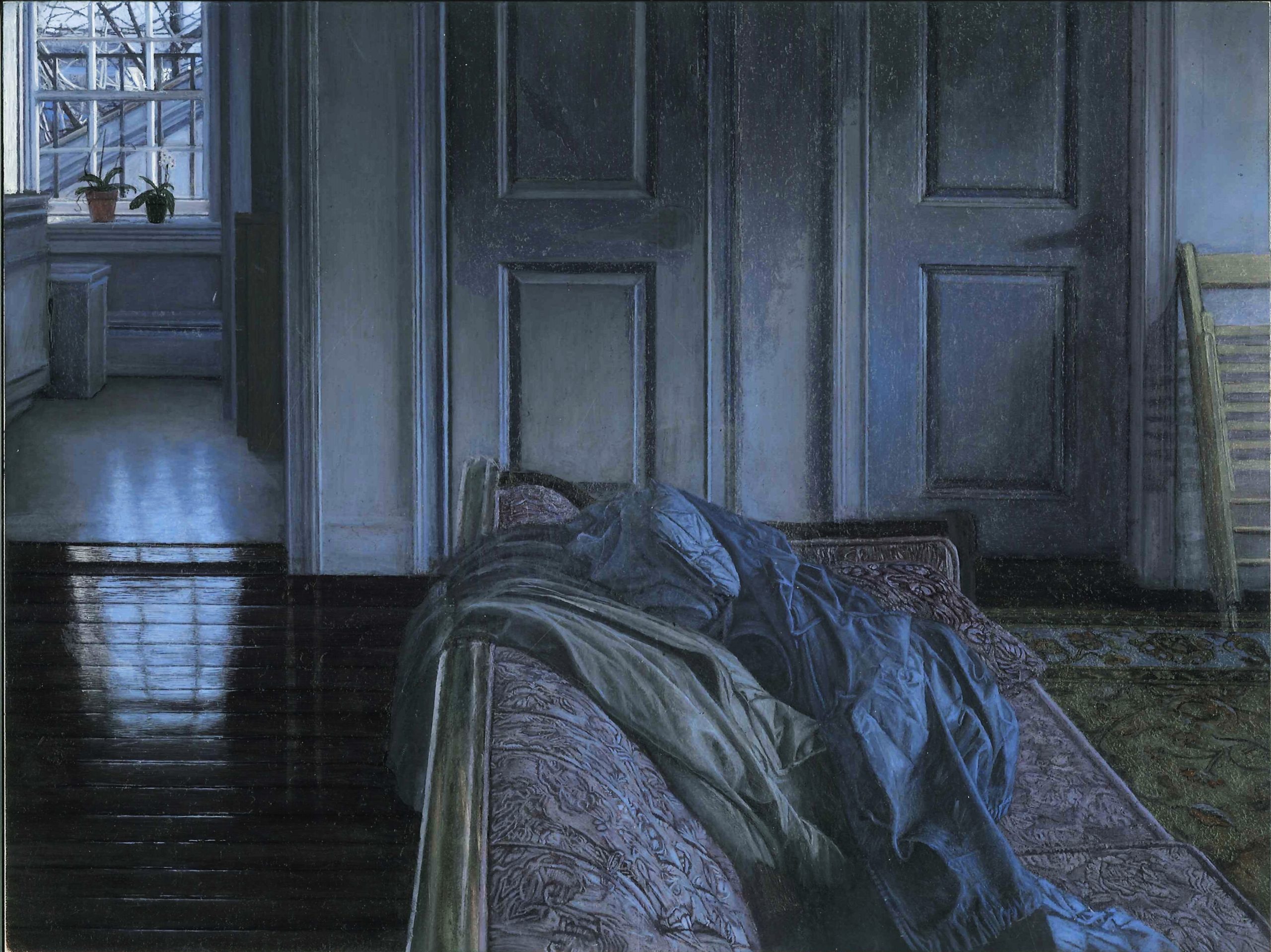
My intent in creating art has always been to express something personally meaningful. In order to stay true to this intention I have had to let go of what I previously thought my art should be and embrace the discomfort and thrill of growth.
In looking forward, I am comforted and inspired by the words of Guillermo Solana, who writes in the essay “The Endless Voyage of A.L.G.” that, “. . . art, like the life it confronts, is Werden, or becoming: a process whose results cannot be determined beforehand . . . The artist’s work conceived of as growth entails of course the danger of meandering, of a straying away, of centrifugal excrescences, of chaos. Yet, that dose of risk is also the secret of its inexhaustible vitality.” (From the exhibition catalogue Antonio Lopez, published by Fundacion Coleccion Thyssen-Bornemisza, 2011)
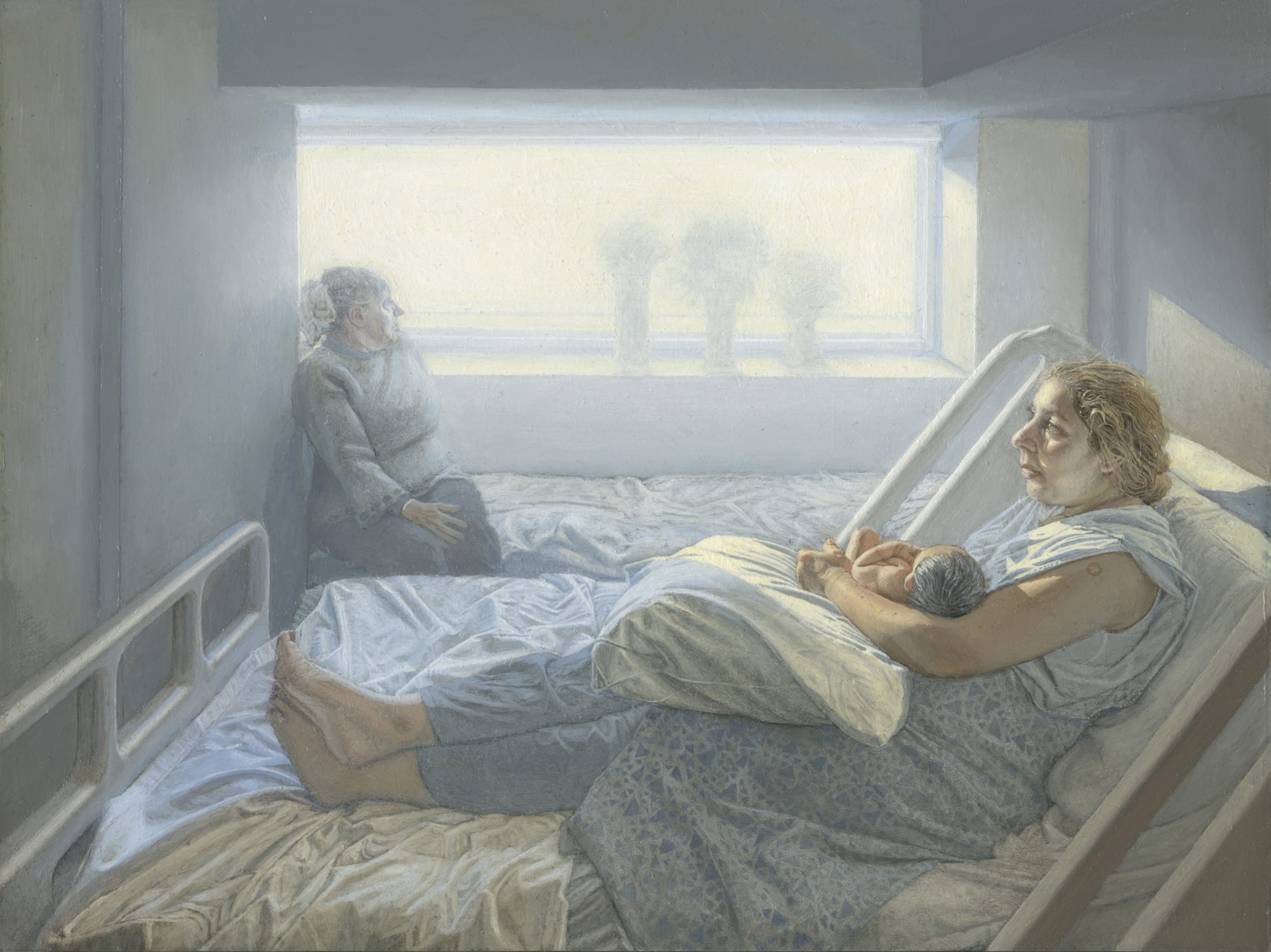
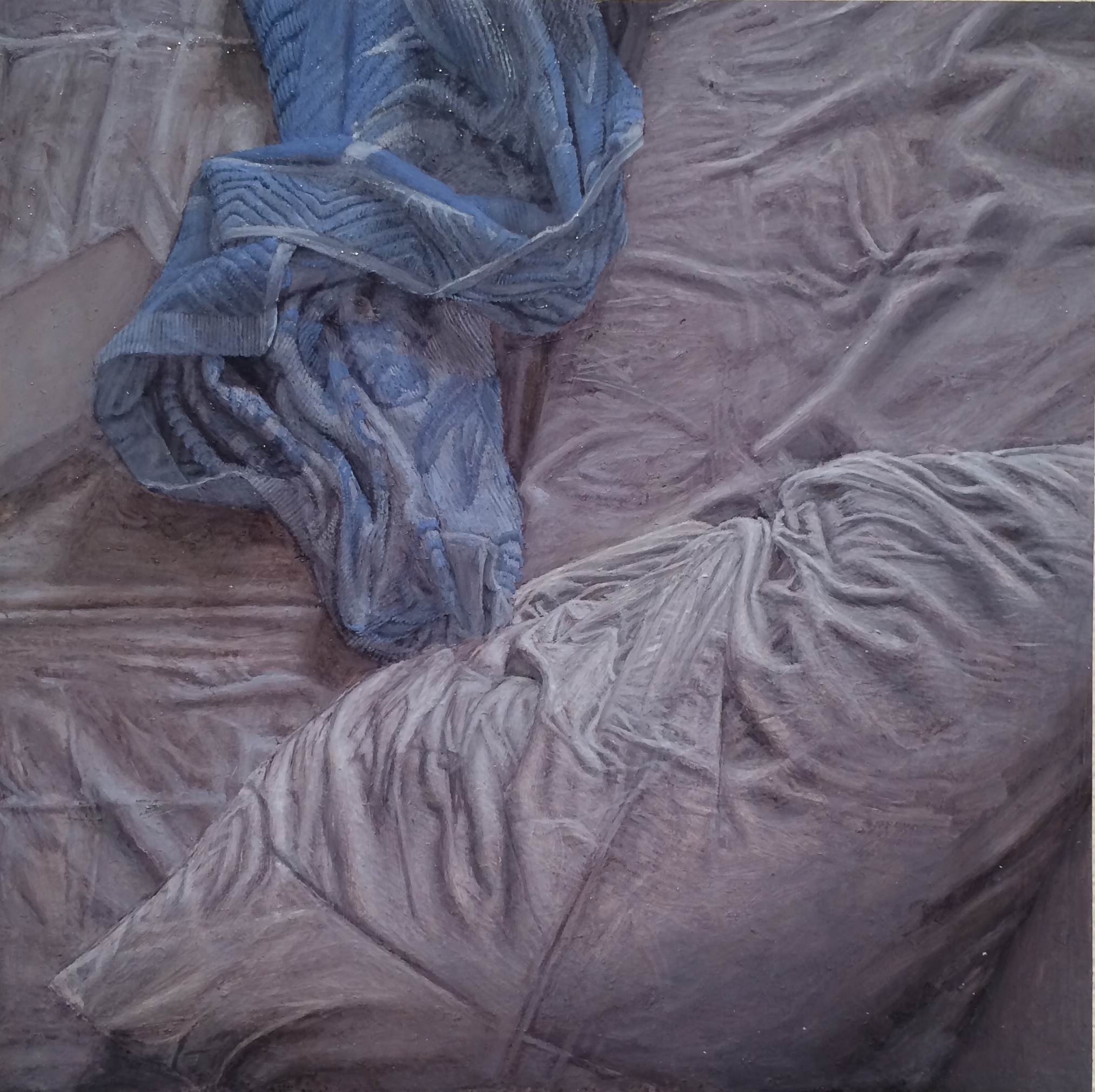
Learn more about Maya Brodsky at: www.mayabrodsky.com


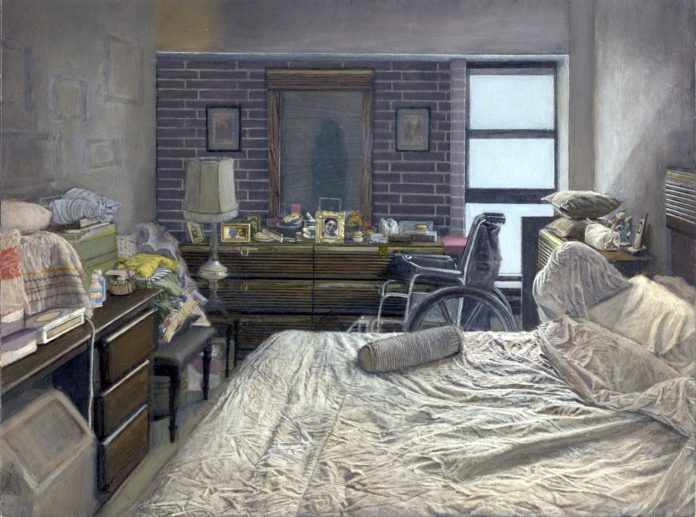



LOVE this post…it seems to be telling my journey and thoughts.
Comments are closed.